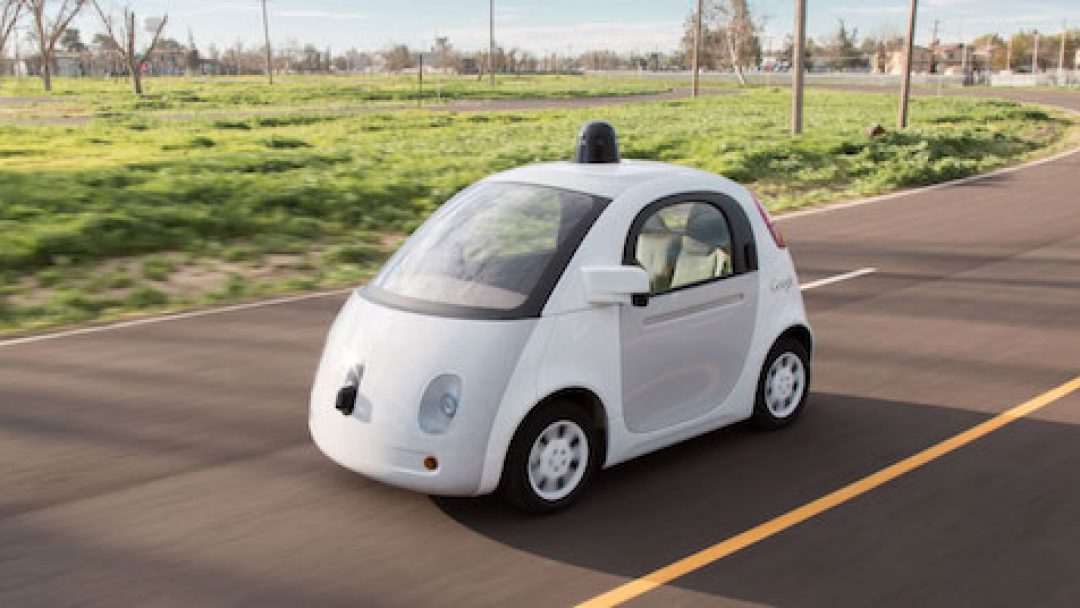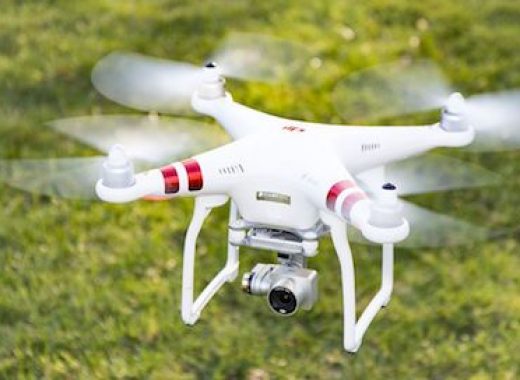California based tech giant, Google seemingly ran into trouble this past month while testing it’s fleet of autonomous Lexus sport-utility vehicles in the city of Chandler, Arizona.
The company had begun testing their self-driving vehicles in Arizona this year in a push to test the vehicles and their ability to respond to conditions such as dust storms and other conditions commonly found in other surrounding metropolitan areas.
In the city of Chandler alone, the vehicles were involved in three crashes, however all of the incidents can be blamed on human error.
Two of the instances occurred while Google’s drivers were manually operating the vehicles. The third accident occurred when one of the vehicles was rear-ended while driving autonomously.
The most significant of these occurrences happened on August 16th, when a Google vehicle that was being driven manually was rear-ended by another vehicle – the 25-year-old driver of the second vehicle was arrested under the suspicion of driving under the influence of alcohol.
As of August 31, the company has logged a total 1.2 million combined miles in manual mode and 1.9 million miles of autonomous travel. These efforts are in an attempt to eventually offer vehicles that function entirely autonomously with no manual controls, although there is some debate as to when such technologies will actually become available to consumers.
On Monday, Sept. 19 auto safety regulators put out a statement that they support the idea roadways may be safer with self-driving vehicles. Despite a number of accidents involving semiautonomous vehicles, The Department of Transportation is betting that these vehicles will save lives.
Lauren Barriere, a spokeswoman for the Google project, said, “We’re developing fully self-driving technology because we want to make our roads safer by taking human error completely out of the equation. Our self-driving cars never get tired, distracted, or drunk, and they can often see and respond to situations better than human drivers.”








